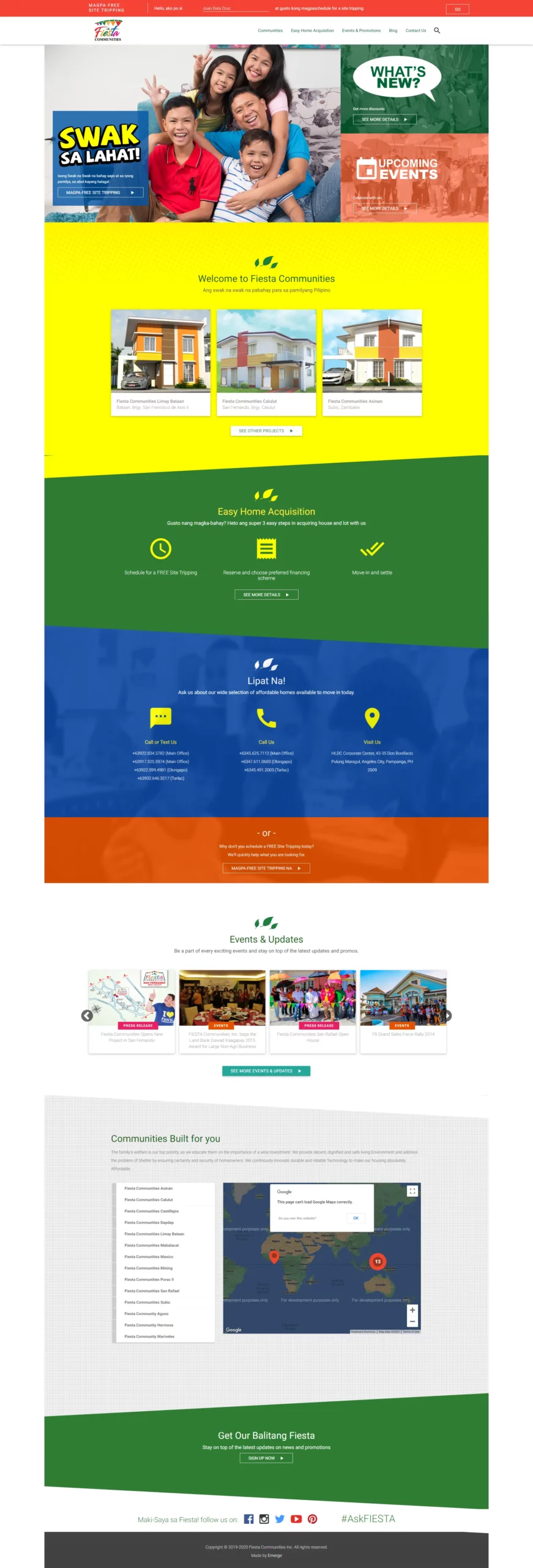Why Facebook exclusion targeting is so important that marketers use it to create cost effective Facebook Ads
Is your ad spend wasted because you are showing the wrong message to the wrong audience?
If your goal is to reach the right audience and achieve great results using Facebook ads, continue reading below.
Facebook advertising is by far the most powerful medium to target your market due to the fact that 2.89 billion people are using Facebook on a monthly basis and they are checking their FB App 8x on average daily!
Also, Facebook have done an awesome job finding Facebook users who searched for something in the internet using cookies and your IP Address.
Cookies are your info in a form of a text file that you gave to a website when you enter their domain together with your IP Address, these two components help Facebook AI to be more accurate whenever marketers perform Facebook Retargeting in their Ads.
Facebook Exclusion Targeting in a nutshell
Imagine you’re organizing a party, you probably included all your friends, relatives, and even your classmates. Trying to include everyone was stressful even for a grown-up! You don’t want to exclude anyone! So what do you do?
Things are different now (at least they are for those in the marketing field): If you’re advertising on Facebook, excluding people from seeing your ads is a borderline mandatory strategy to succeed.
Facebook Exclusion Targeting will exclude people on seeing your ads and will give more emphasis to those target audiences that have the real intent of buying your products or services.
In today’s blog post, I am going to show you how to use exclusions to refine your Facebook audiences (that we use in our agency).
Why Facebook exclusion targeting is important?
1. Excluding Current Customers
Current customers are the people who already bought a product or service from your brand. There’s always a time and place to re-target a current customer.
However, you generally don’t want to be marketing your product or services to somebody who has only just bought in, as chances are they won’t be ready to convert again for a determined time frame.
Although, this may vary depending on the product or service you offer (e.g. people may eat out at least once a week, people who may buy food supplies on a weekly basis, and a new stuff every x number of years).
This exclusion method that can be applied here to exclude current customers from seeing your ads.

2. Pixel Based Exclusion Audiences
Let’s say you have a pixel installed on a website (a small snippet of code installed on every page of your website that allows you to track conversions and activities of website visitors), you can easily create an audience of users who have completed certain actions on your site within a pre-determined time frame.
You can choose between including or excluding the people who have purchased or subscribed within the last 30 days without sacrificing the people who have added to a card or visited your site but not converted with your ads.
In terms of the lookback window, it’s limited to 180 days which is perfect for excluding past customers if your product or service’s lifespan is such that these customers may return within that time span to potentially convert again.
This is great if you have a business in the eCommerce space, food delivery service, or retail.
You can choose between including or excluding the people who have purchased or subscribed within the last 30 days without sacrificing the people who have added to a card or visited your site but not converted with your ads.
In terms of the lookback window, it’s limited to 180 days which is perfect for excluding past customers if your product or service’s lifespan is such that these customers may return within that time span to potentially convert again.
This is great if you have a business in the eCommerce space, food delivery service, or retail.
3. Demographic exclusions
Demographic exclusion is based on demographics. It’s the second useful exclusion method in which Facebook allows you to exclude users from your targeting based on their gender, relationship status, age, and location.
Facebook show ads based on demographics, interest, and user activities. In terms of demographics, it’s crucial because you don’t want to show your ads to people who aren’t stating facts on their profile.
For example, serve a 40-year-old man a Facebook ad for an Air Max sneakers aimed at teens just because they’ve liked Kanye West or Steph Curry on Facebook (most probably by mistake!).
4. Interest exclusion method
Another valuable exclusion method is based on conflicting interests.
To avoid negative feedback on your ads or making sure you’re not targeting people who lead a certain kind of lifestyle, interest exclusions is very important.
Let’s say you are promoting ads with meat or dairy products, you might want to exclude vegans, vegetarian, or pescatarian from your targeting.
Alternatively, if you’re promoting confectionary, you may want to exclude people who are interested in weight loss and dieting. Same goes with people who are buying Korean cosmetics, you wouldn’t want to show your products to people who love drugstore brands.
5. Excluding people who have messaged your page
It’s clear to brands that social media is an avenue for frustrated customers who have received less than perfect service.
If you’ve found your Facebook page has become subject to such displays, it may be worth excluding certain audience groups from your ad targeting.
You might be receiving negative messages from your fans or other Facebook users. If you’d like to limit the number of dissatisfied customers leaving negative comments on your ad, one way to go about this is to exclude an audience of people that have messaged your Facebook page within a set number of days.
5. Excluding people who have engaged with your ads
Next, another one that is a great exclusion method is in a more stringent manner.
Excluding dissatisfied customers from impacting your campaign’s performance is to exclude anyone has engaged with your ads in the past
This method could, of course, result in excluding people that have left positive comments on your ads.
What if those users have clicked to site with high purchase intent? Don’t worry, they will find them within a remarketing list anyway, and you can engage with them further from there.
Wrapping up
Exclusion marketing: it’s as easy to implement as Step 1, 2, 3! Save money and have fun doing it–use an exclusionary marketing tactic to boost your overall ROI.
Having a budget for Facebook Ads is great, but a campaign needs cost efficiency and a large margin for Return of Income in order for it to work in the long run.
You should try implementing Facebook Exclusion Targeting Strategy into your campaign to see its impact rather than doing a shotgun approach or targeting the wrong people with the wrong “intentions”.
At EmergeLocal, exclusion, audience intention and proper implementation are our top priority when it comes to Facebook Ads targeting.
If you’d like some help with your social audience or FB Ads strategy, be sure to get in touch.




















































































